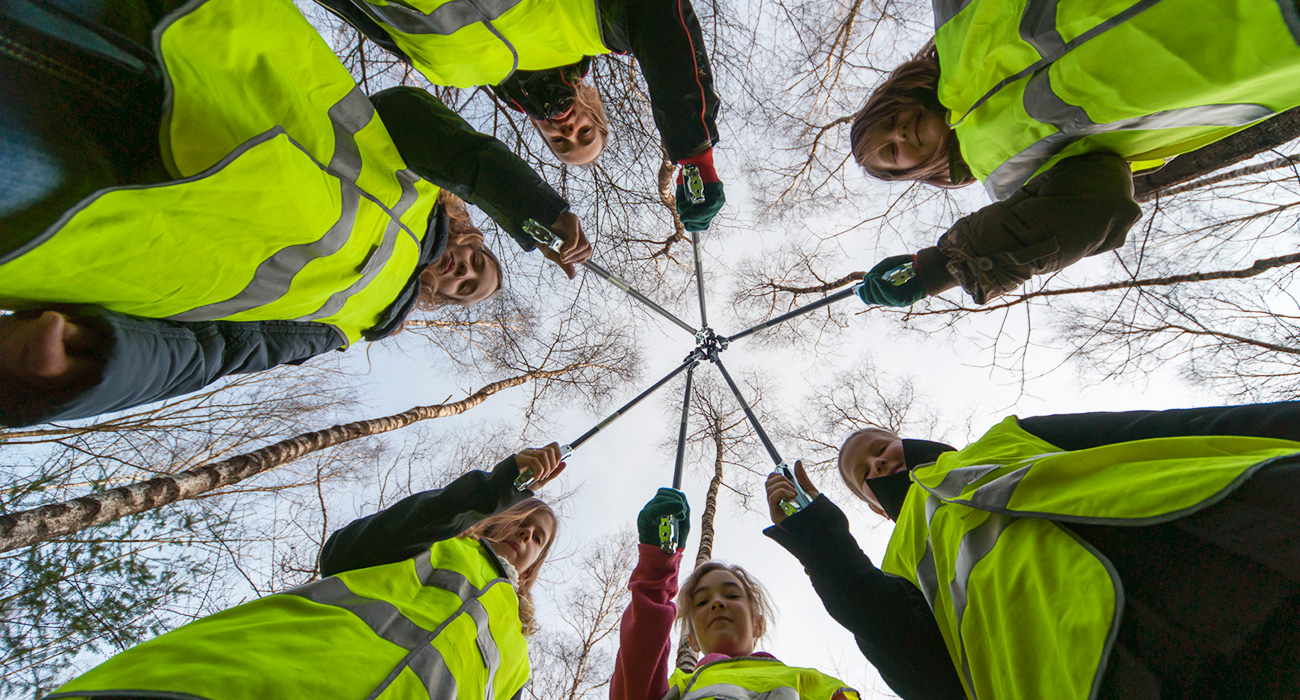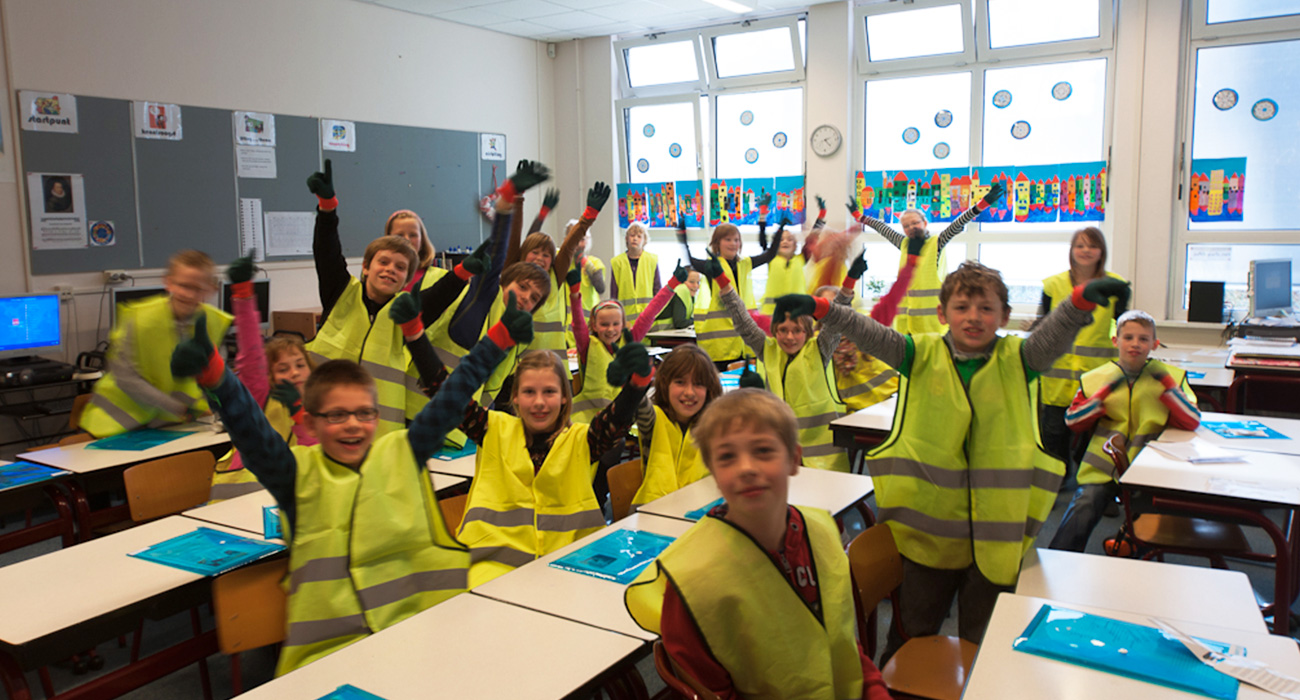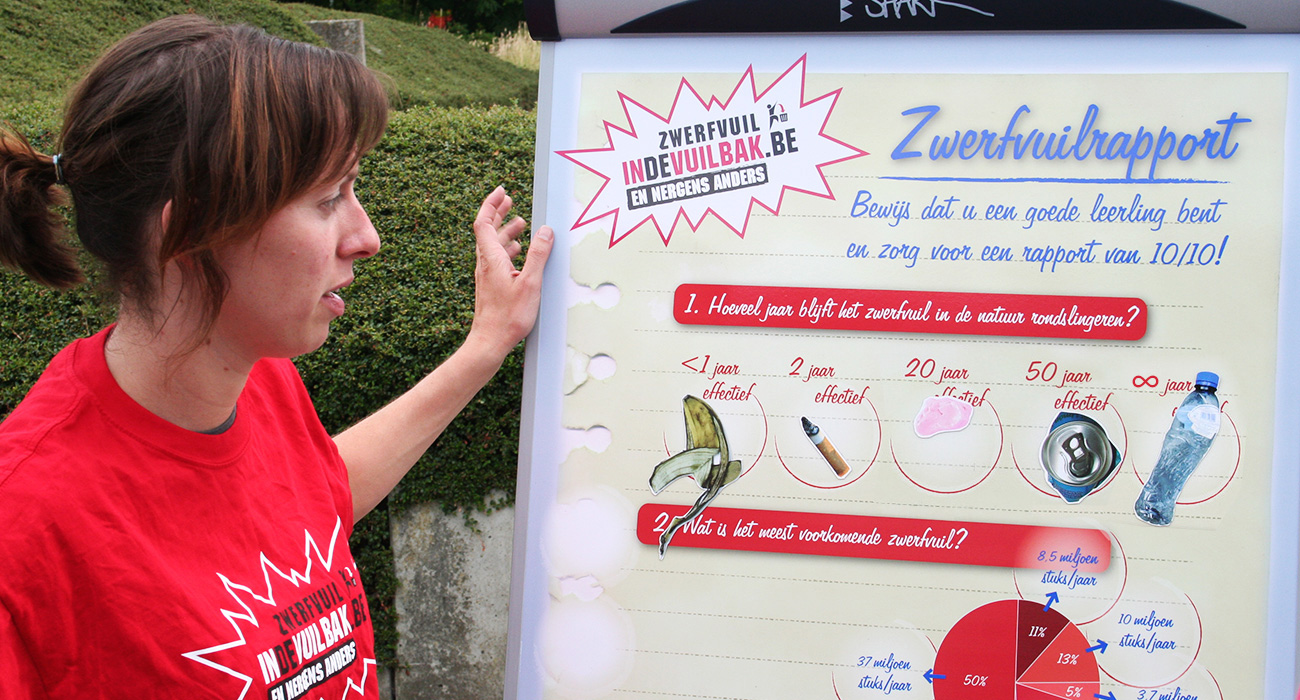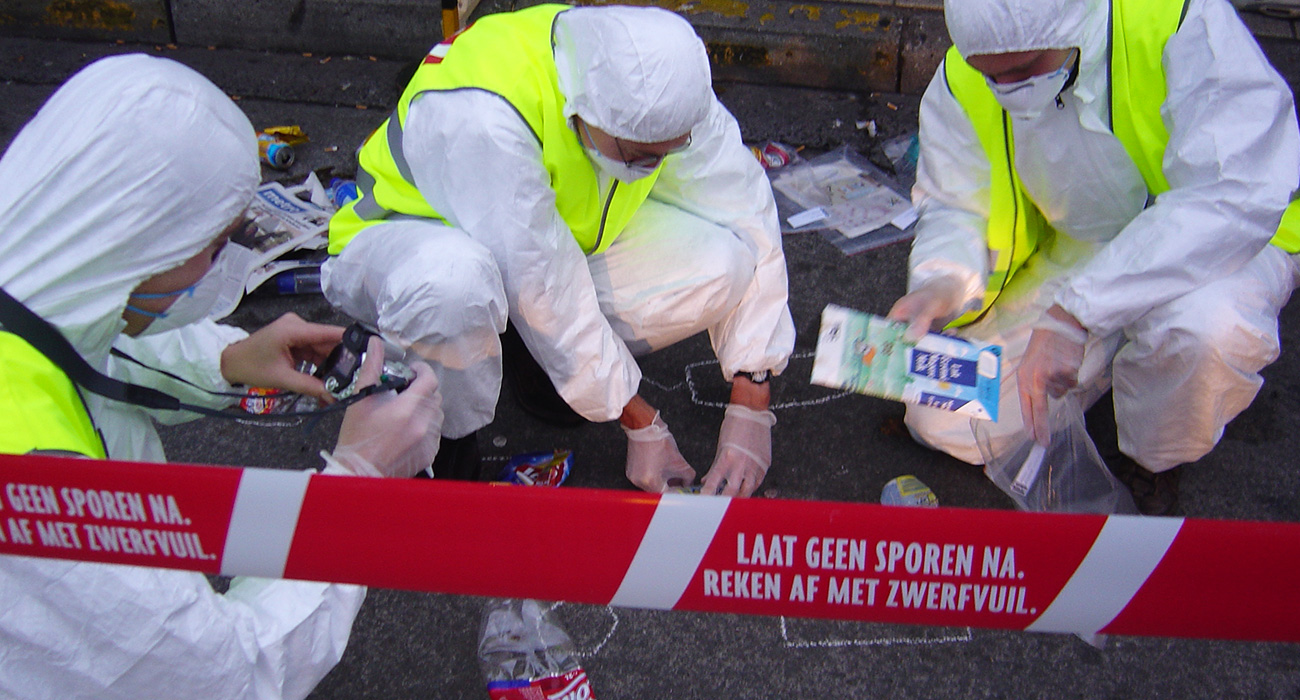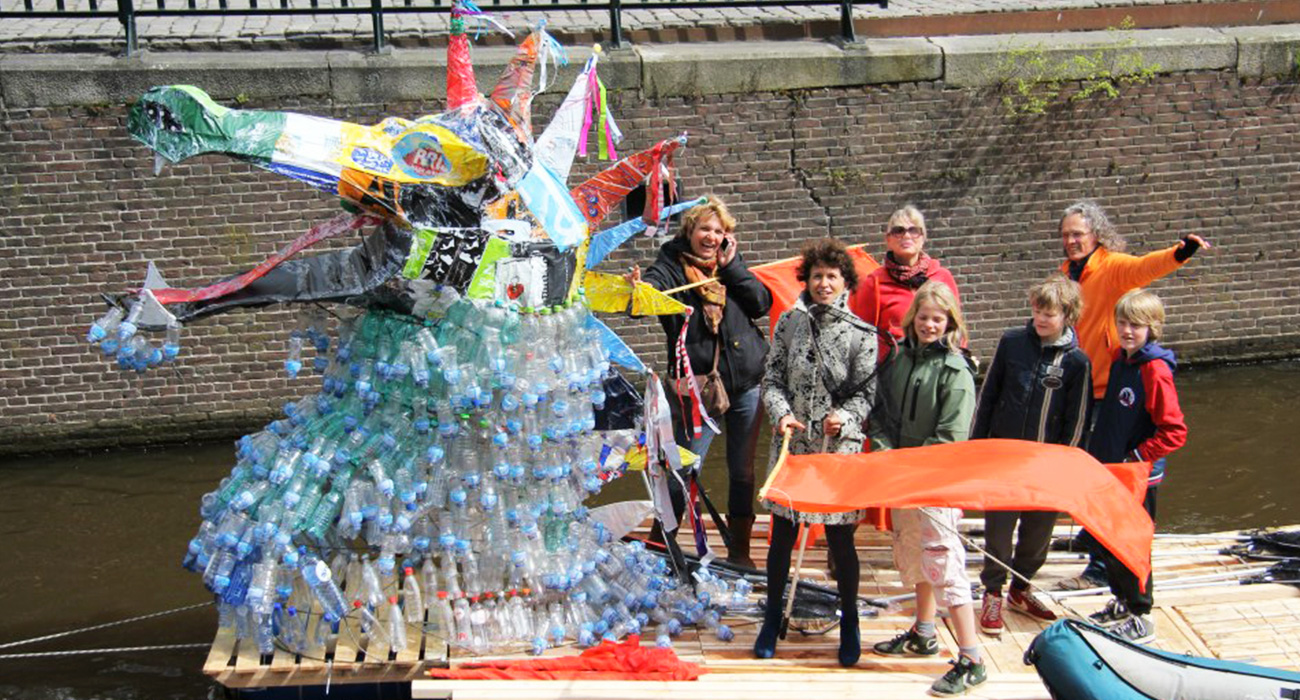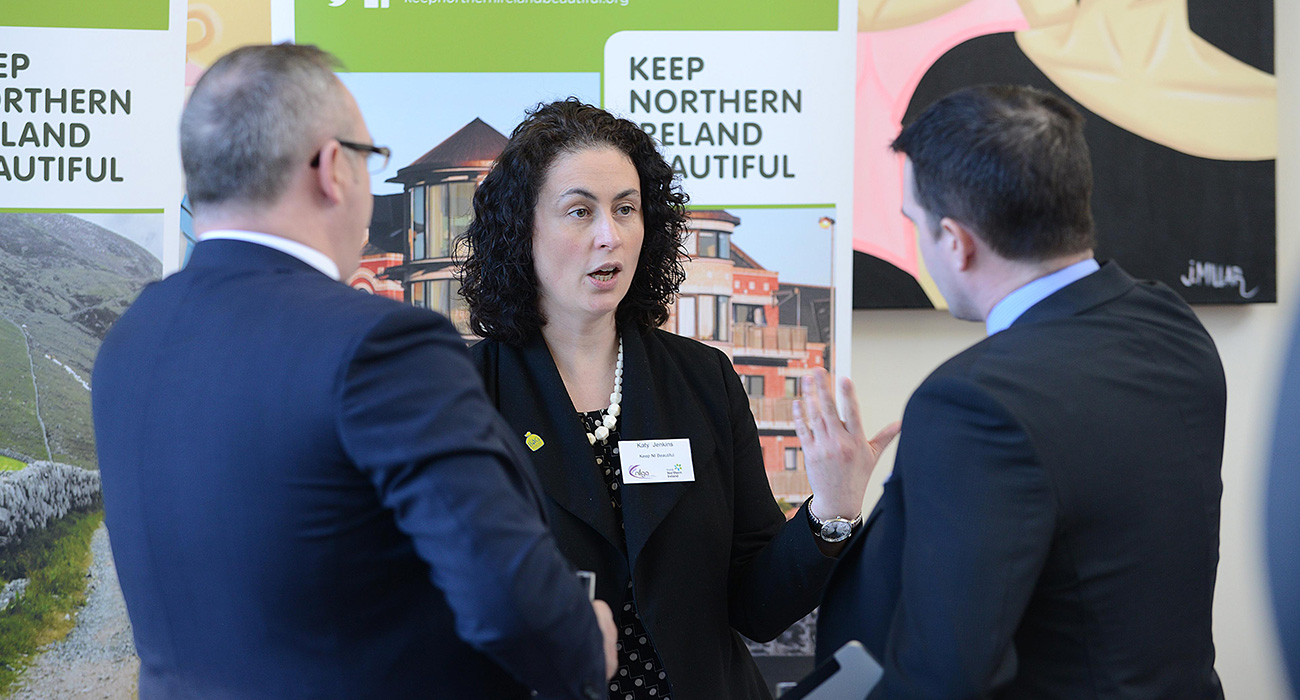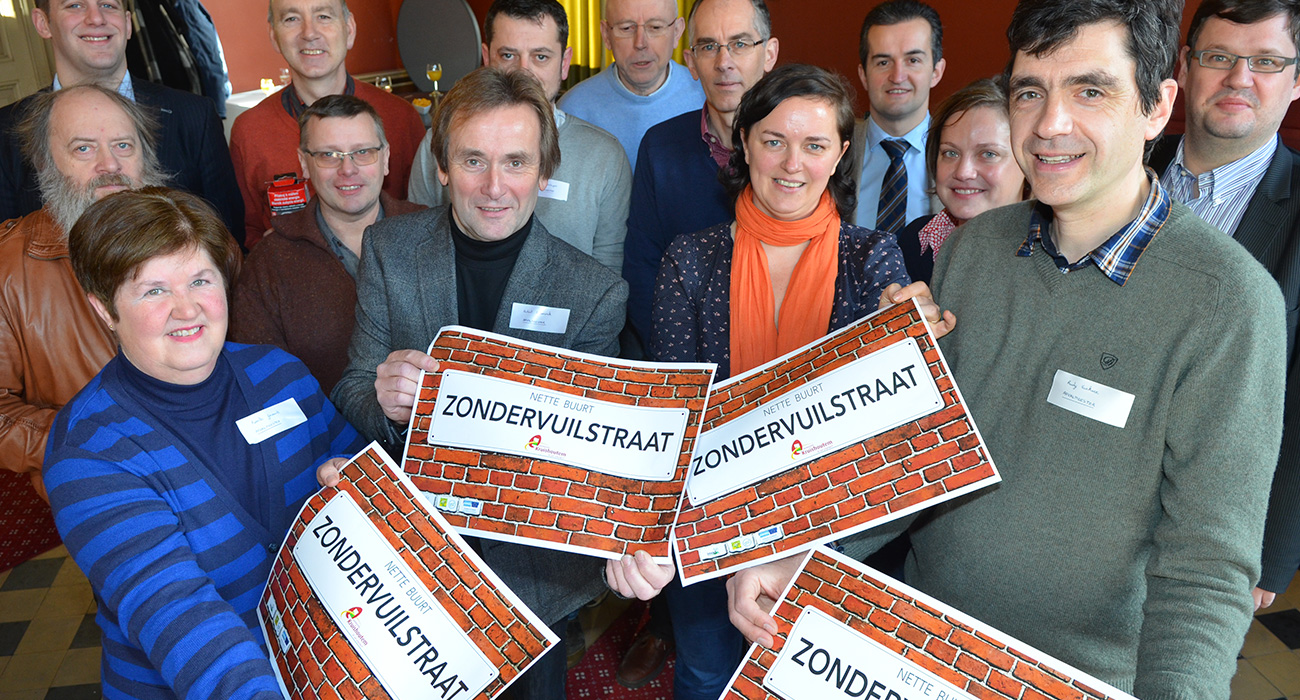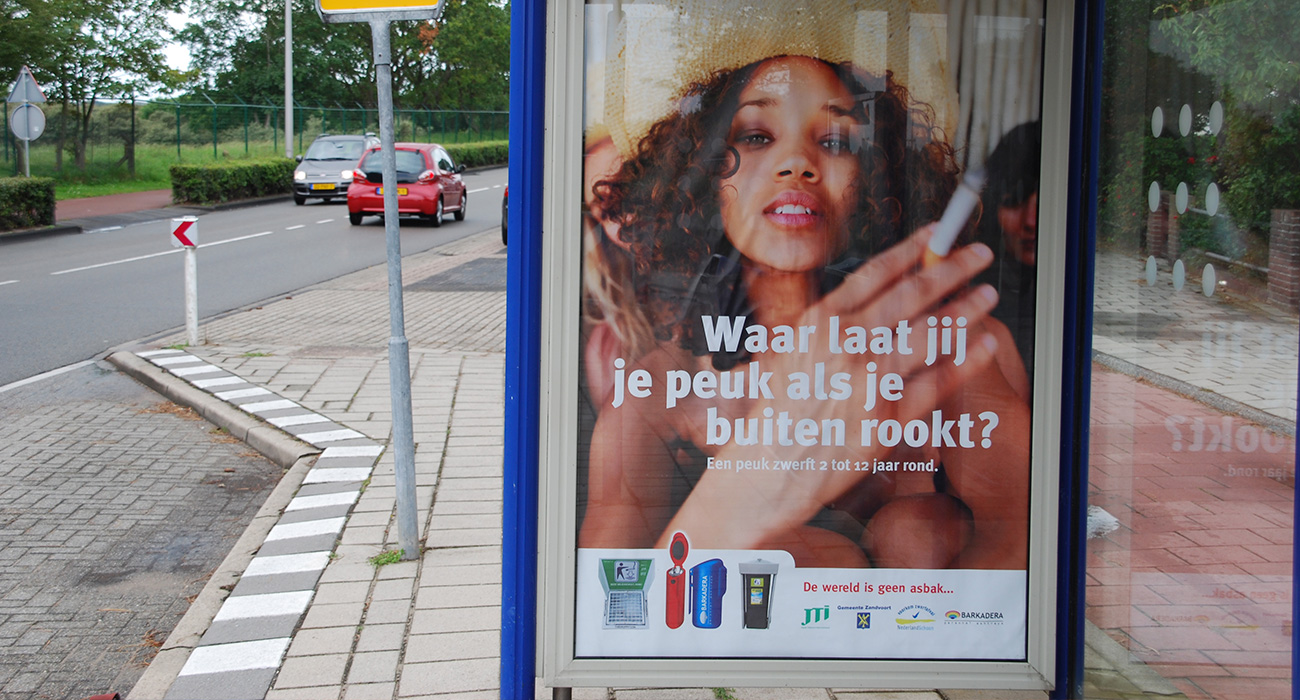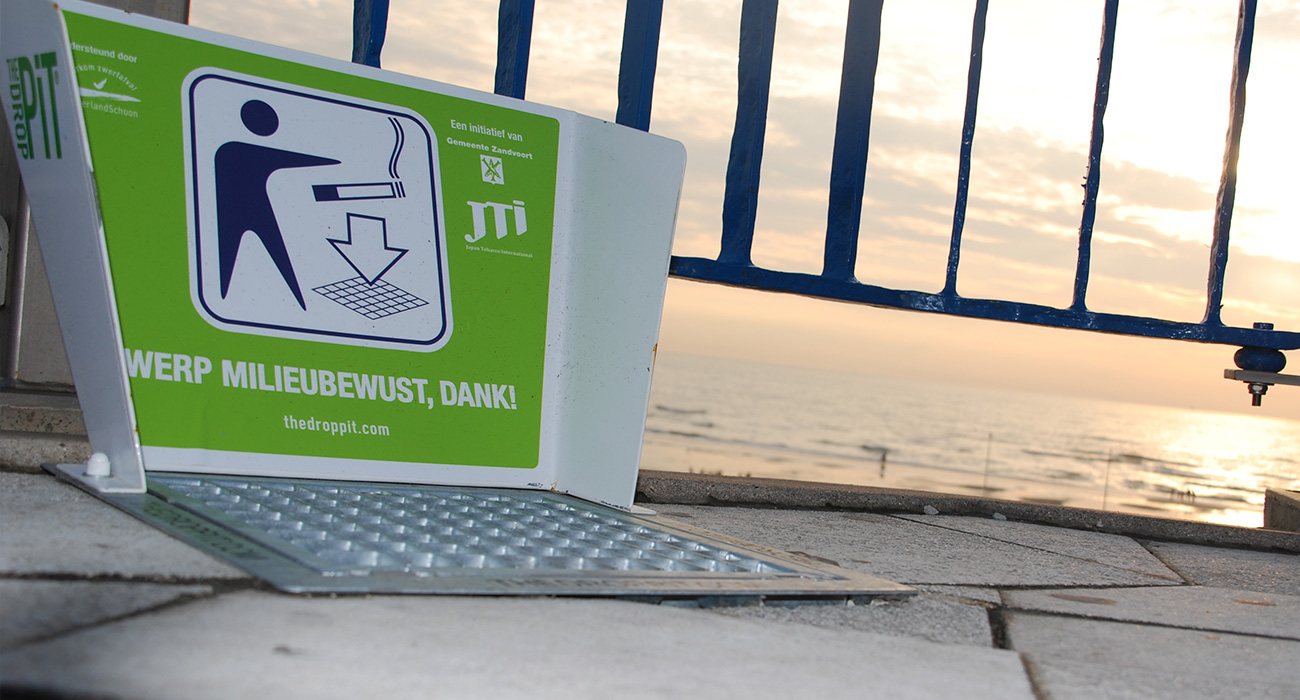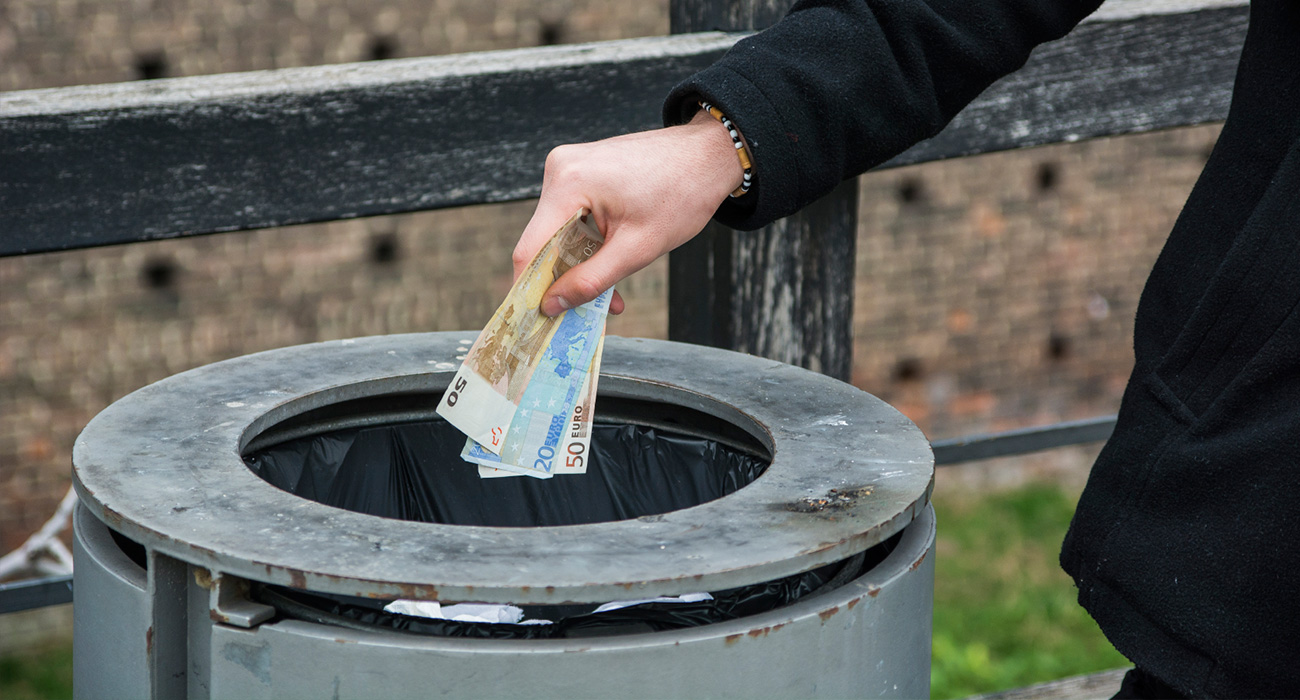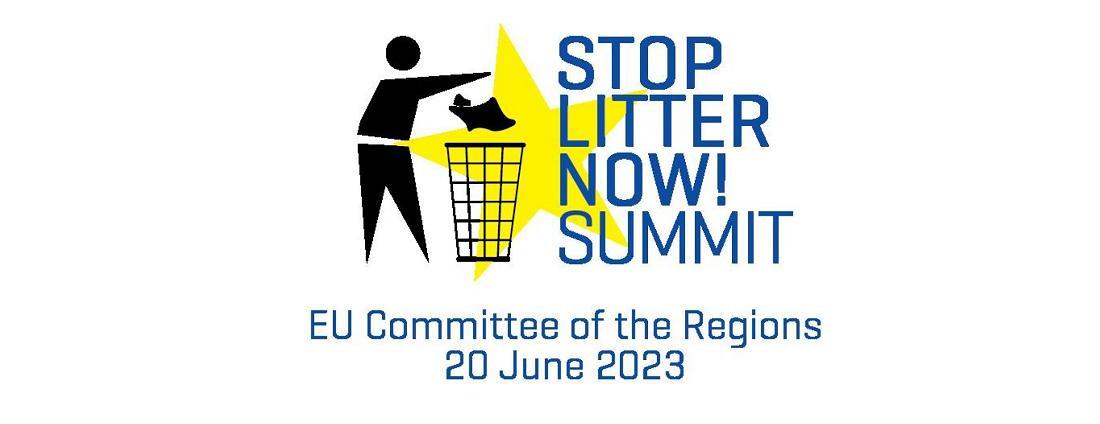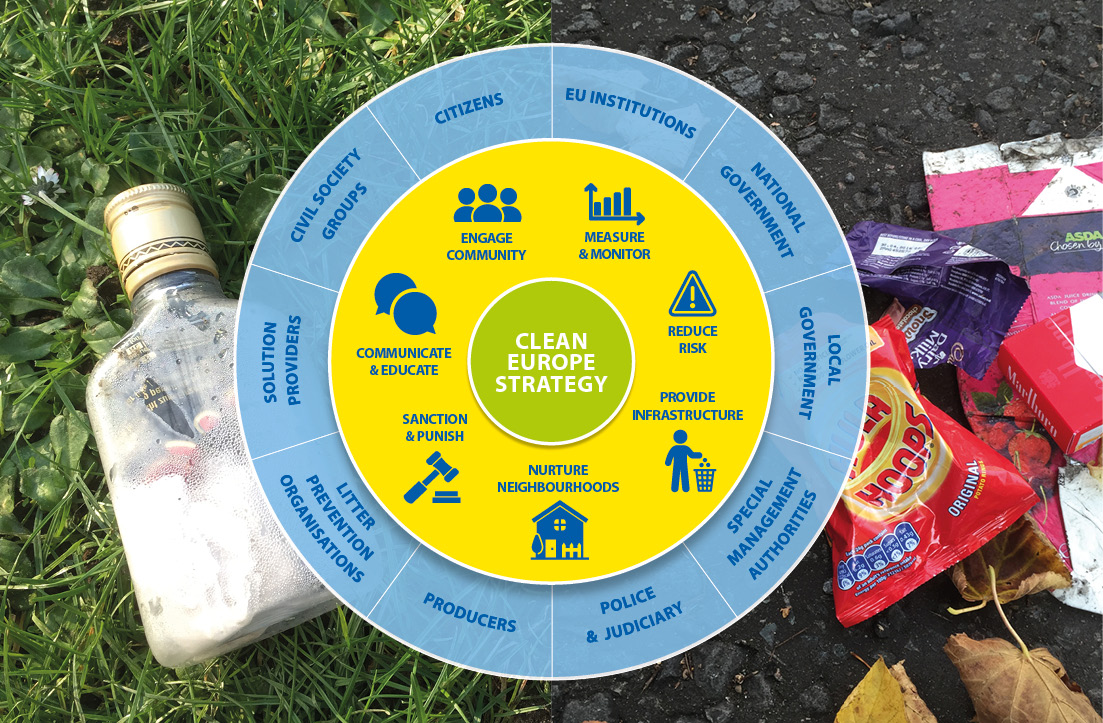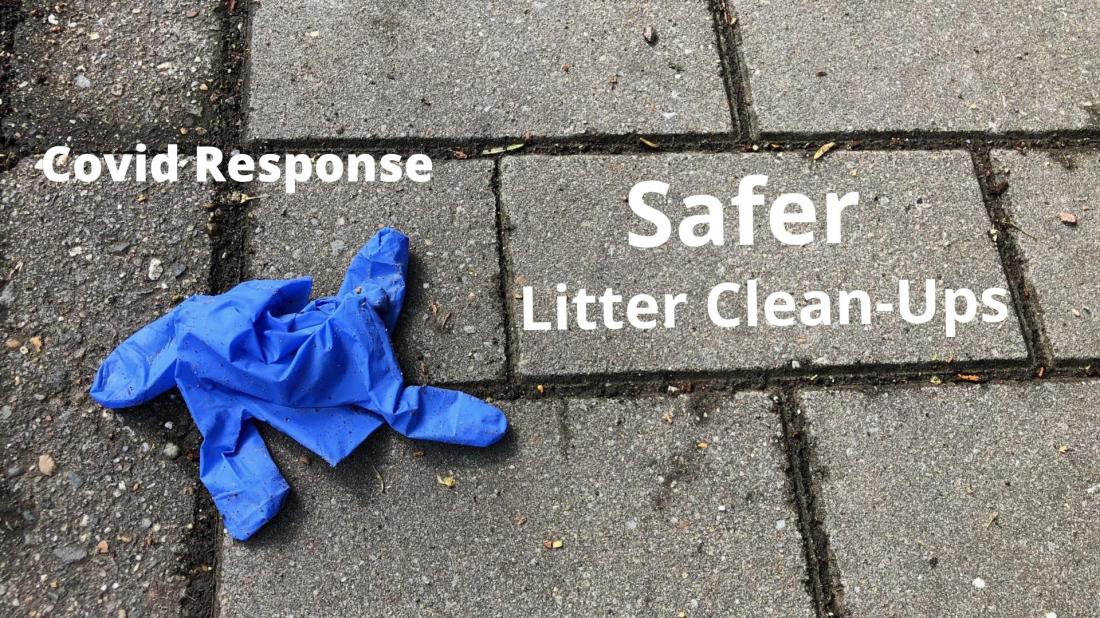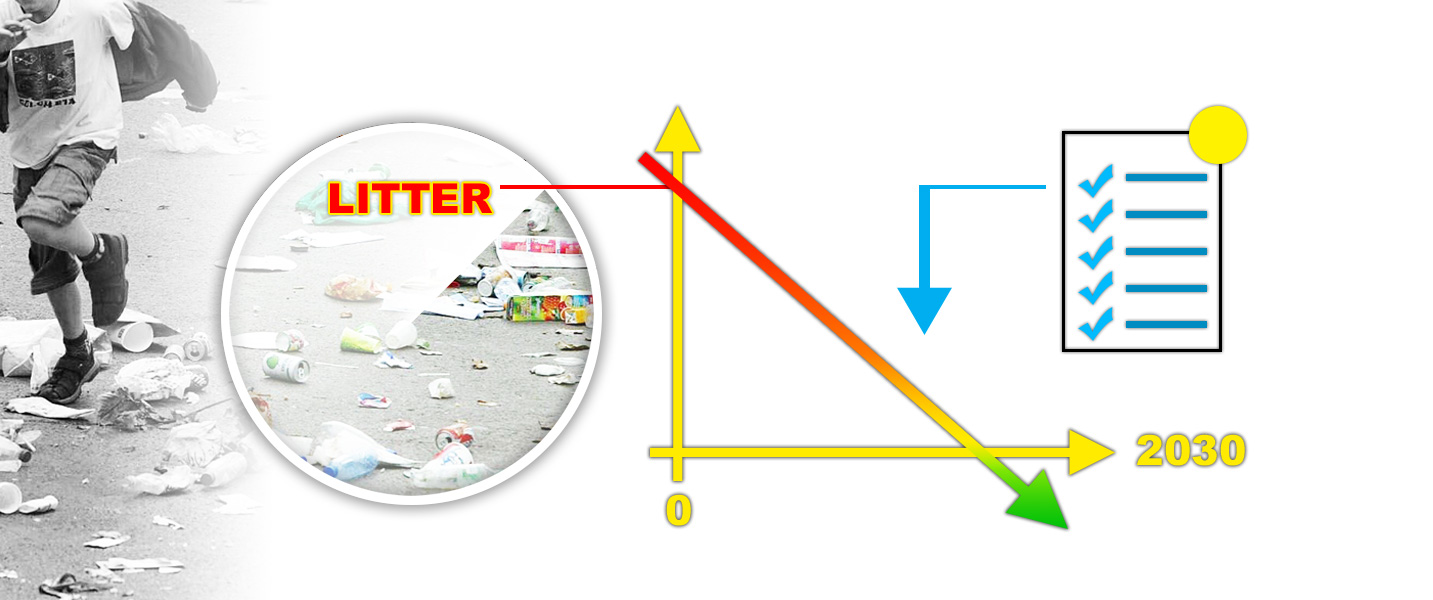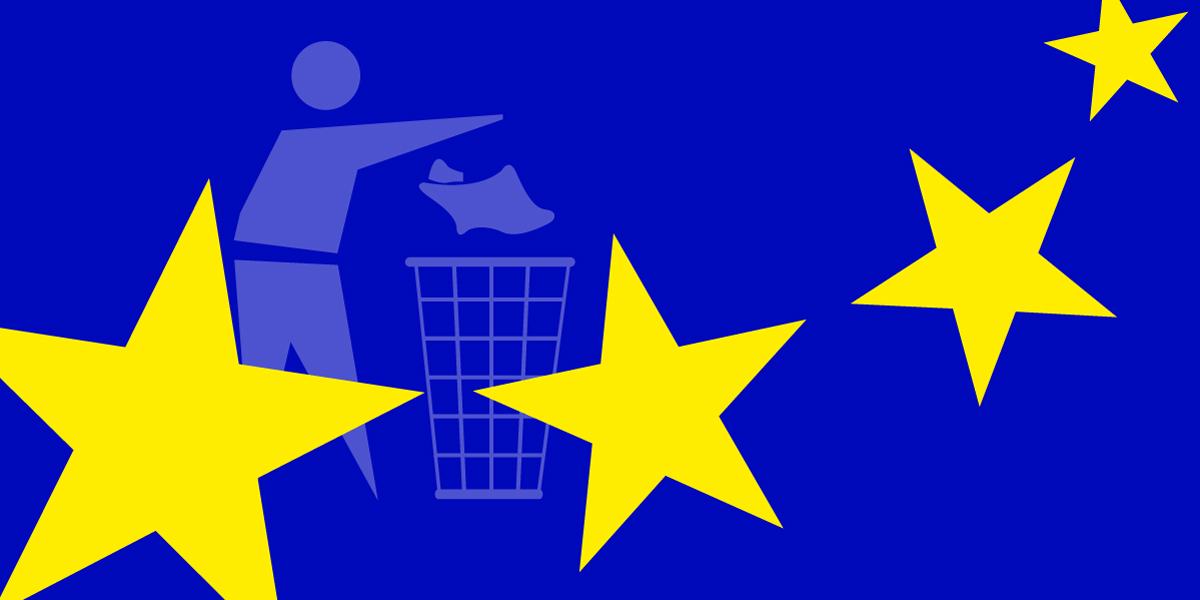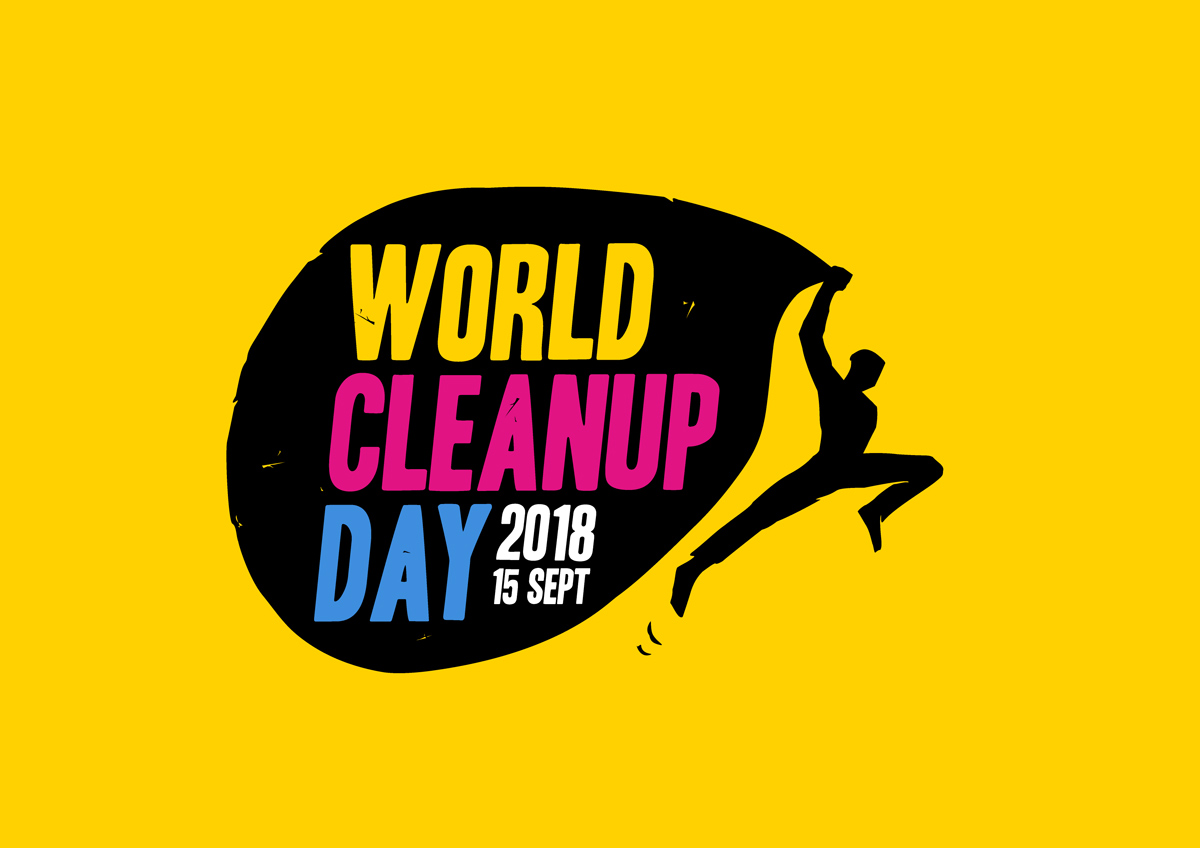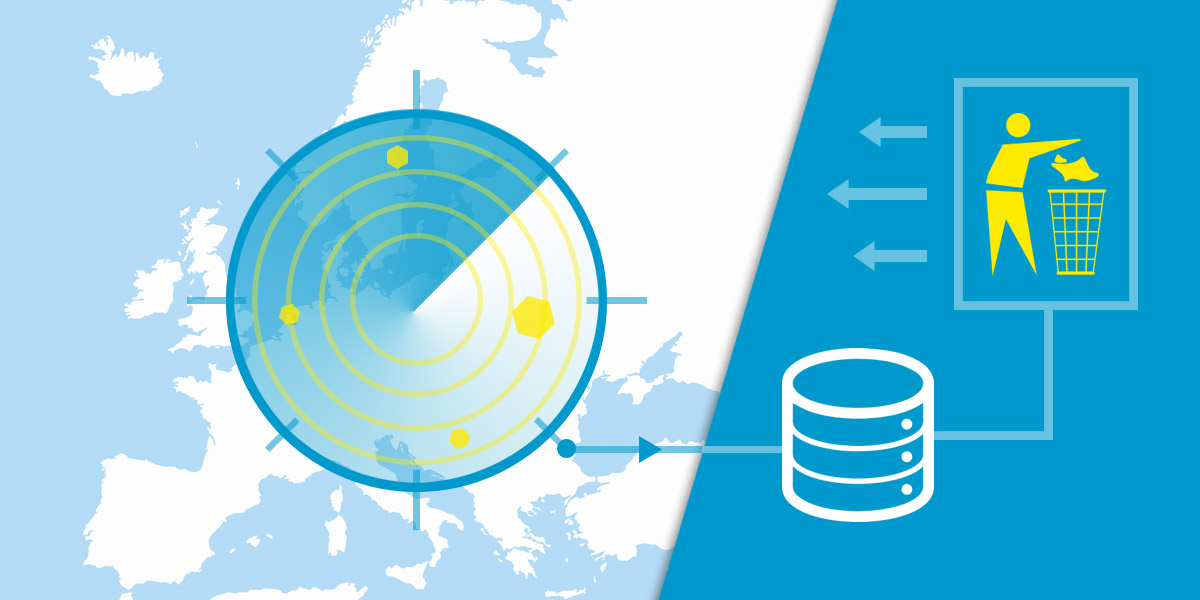
A data strategy for universal litter mapping across Europe
Clean Europe Network members have been working together since 2014 to assemble their experiences and develop a common European litter measurement & monitoring methodology, paving the way for comprehensive and comparable litter data on a European level. In due course, this data will provide the municipalities of Europe with a litter prevention management and benchmarking tool, which will allow them to allocate resources more effectively and track progress of litter prevention efforts over time.
We are almost there! We are now analysing the best ways for the litter data to be shared across Europe. How should the findings be grouped? Who should be able to access the data? Under which conditions? Since municipalities are the first to be able to take action based on a better understanding of the litter situation in their area, we will be collaborating closely with them to understand what is the best way to provide them with the relevant data.
The litter measurement method has evolved over the course of 2015 and 2016 when it was trialled in different rounds of testing in over 50 different locations in 10 different European countries. The method was compiled in a handbook which has been tweaked and tuned to take the different pilot programme feedback into account. The conclusion of the piloting exercises was a unanimous confirmation that the method works.
Once the data strategy has been agreed and implemented, the next step will be to create an App that will facilitate the consistent and effortless collection of data across Europe. The App will make it easier to follow the steps required by the measurement methodology by preparing lists the users can pick from and possibly even assist the user in the visual delimiting of geographical areas to analyse.
The measurement method comprises three modules: one for grading the state of cleanliness of a specific habitat, a second for counting and categorising litter items and a third for gauging citizen perceptions about the state of cleanliness of a site. First-time litter measurers appreciate the immediate insights the method provides. But seasoned measurers also appreciate the versatility provided by the three modules.
The first module, based on the measurer’s perception, is less resource-intensive and therefore allows for greater areas to be covered. Whereas the second module, based on systematic counting of litter items, allows for a more in-depth understanding of a litter situation in a specific area. The third is useful in pulling out trends that might not be obvious to a one-time observer of an area, but it isn’t always feasible – some transit locations may not offer the opportunity to interview passers-by.
If you wish to know more about our work to develop a universal litter measurement tool, please do not hesitate to ask us.
This work has been made possible through the co-funding of the EU Commission’s LIFE NGO Partnership Grant in 2014 and in 2016.
